Molecular basis for plant growth responses in shade and under competition for light ($)
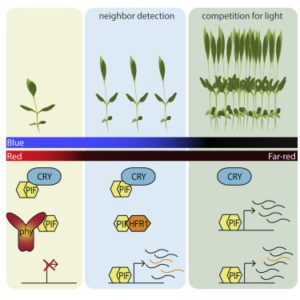
The wavelenghts of light perceived by a plant are information-rich, and plants integrate information from photoreceptors tuned to different wavelenghts to optimize their growth and development. Because plants absorb red light but not far-red light, a low ratio of red to far-red light indicates vegetative shading and promotes an elongation response; the ratio of red to far-red light is perceived by the phytochrome family of photoreceptors. De Wit et al. show that this shade-avoidance response is further stimulated by low levels of blue light, perceived by the cryptochrome family of photoreceptors, and they show that the molecular basis for this response augmentation is mediated by PIF transcription factors. In a linked paper, Goyal et al. show that phototropism (growth towards light), mediated by the phototropin family of blue-light receptors, is enhanced in shade, mediated by PIF effects on auxin synthesis. Curr. Biol. 10.1016/j.cub.2016.10.031 and 10.1016/j.cub.2016.10.001


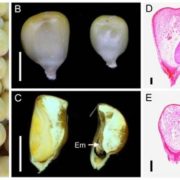
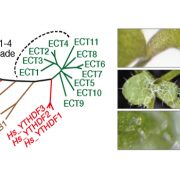
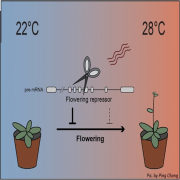
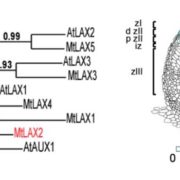
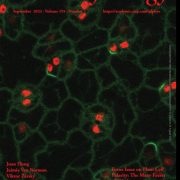
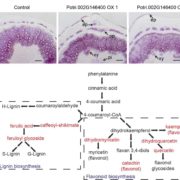




Leave a Reply
Want to join the discussion?Feel free to contribute!